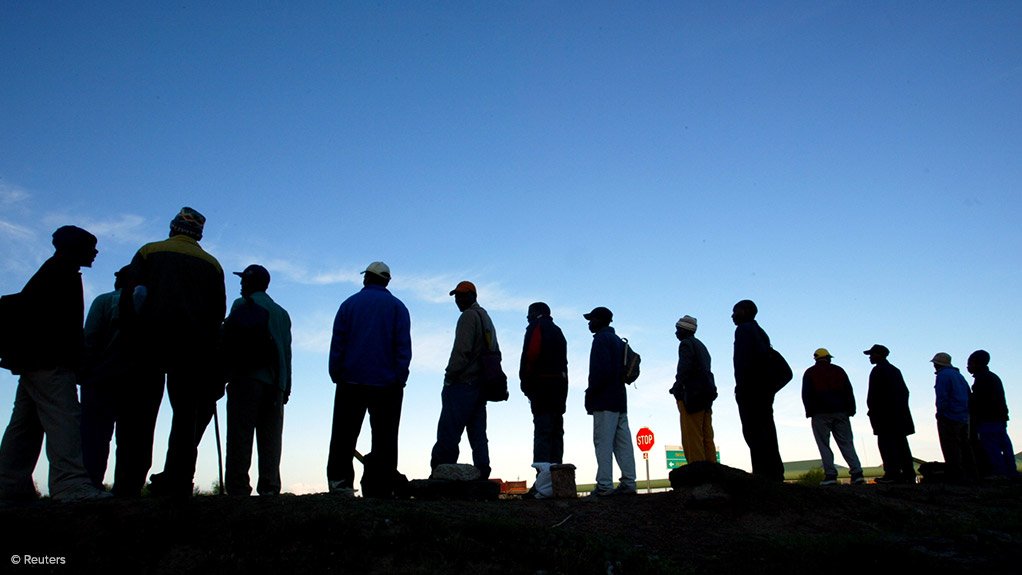Young people aged 15 to 34 years had an unemployment rate of 43.4% in the third quarter, compared with 45.3% in the second, according to Statistics SA. The decline mimicked the drop in the country's overall unemployment rate, but the figures still show that close to half of the young people who should be economically active are jobless.
"South Africa's high youth unemployment rate has significant economic and social implications. The lack of job opportunities for young people not only affects their individual prospects but also limits the country's potential to harness their skills, creativity, and innovation," Angelika Goliger, EY Africa's chief economist, said.
Youth aged 15 to 24 years and 25 to 34 years continue to have the highest unemployment rates at 58% and 38.3% respectively. About 3.3-million, or 32.7%, out of 10.2-million young people aged 15 to 24 years were not in employment, education or training and "the youth remain vulnerable in the labour market," Stats SA said when it presented its Quarterly Labour Force Survey for the three months to September.
For a financially secure population and a fiscally stable state, it's those early years that count. It's when people usually begin to build a pension, invest in other savings programmes, buy their first house, take out insurance and get themselves into a position to either help support a young family or look after older relatives. With so many of the people who were meant to be the future breadwinners of SA unable to find work, the longer-term economic outlook darkens.
A queue that could span half of the continent
Stats SA's data is a "bouquet of bad news for South Africa's young people", Mmusi Maimane, leader of the political party Build One South Africa, said in a statement, adding:
At least 4.5-million young people are now unemployed. If every young, unemployed South African stood in a single file queue, it would stretch for almost 2 500 km. The queue would run from Johannesburg to Mombasa, Kenya.
One of the contributing factors to job losses in critical industries is Eskom and its loadshedding. Although the official overall unemployment rate dropped 0.7 of a percentage point to 31.9% and, according to the expanded definition, it decreased 0.9 of a percentage point to 41.2%, the biggest employment losses were recorded in manufacturing.
Frequent power outages have forced some factories to either close or scale back, but this was one area where a young person, who may not have a matric or a tertiary qualification, might have once been able to find a job.
"The lower-than-expected overall unemployment rate despite the challenges faced by the economy is yet another data point that speaks to some resilience to the load shedding. That said, 50 000 manufacturing jobs were lost in the third quarter and the hope is that this can be reversed as power availability increases," said Razia Khan, Standard Chartered's managing director and chief economist for Africa and the Middle East.
The terrible trend is clear
Even if Eskom is able to ease power outages, the high levels of youth unemployment isn't a new trend. Ten years ago, the unemployment rate for those aged 15 to 34 was an already ugly 35% and the numbers have steadily worsened. The country's financial forecasts aren't offering much hope either.
"Gross domestic product growth is projected to slow from 1.9% in 2022 to 0.8 per cent in 2023. Since the 2023 Budget, the economic growth outlook has weakened in line with changes in the world economy, and continued energy and logistics constraints," National Treasury said when it presented the medium-term budget on 1 November.
With a national election looming, further declines in the jobless rate may help the ANC win votes, but as young, poor people age and become old, poor people the need for social grants and state care may increase, hampering growth in what then becomes a chicken-and-egg scenario.
"South Africa's unemployment crisis is an outcome of our poor showing from an economic growth perspective," EY's Goliger said.
A long way out
The way out of unsustainably high levels of unemployment includes addressing Eskom's load shedding and Transnet's logistics challenges, implementing business-friendly policies to attract local and foreign investment, creating an enabling environment for entrepreneurship and small and medium-sized enterprise, she said.
"A longer-term - but no-regrets - option is to continue prioritising and investing in high-quality education and skills development at all levels."
Edited by: News24Wire
EMAIL THIS ARTICLE SAVE THIS ARTICLE
To subscribe email subscriptions@creamermedia.co.za or click here
To advertise email advertising@creamermedia.co.za or click here













